Koehler Illumination
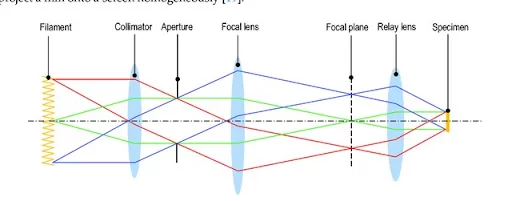
When designing any optical system, an optical engineer needs to consider how illumination will be used: specifically, how the illumination could affect the way the image is created. If not carefully designed, some illumination systems may create a kind of vignetting where the illumination will have a higher intensity at the center while decreasing to […]
Optimized Solutions for Underwater Optics Design
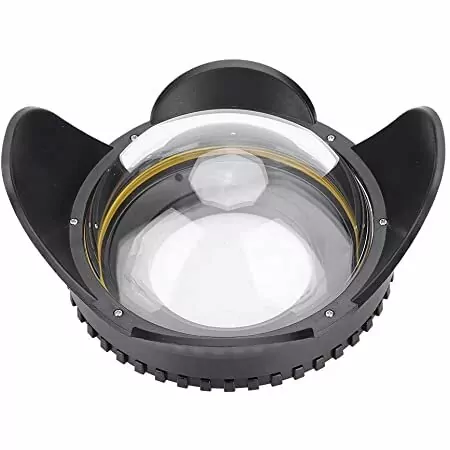
Underwater optics play a crucial role in the design of underwater camera lenses, where a large number of variables come into play. As with every optical system design, the selection of cameras, lenses, housings, and operational parameters greatly influences the performance of the complete system. Determining the correct combination of components is what experienced optical […]
3 Keys To Quality Double Gaussian Lens Design
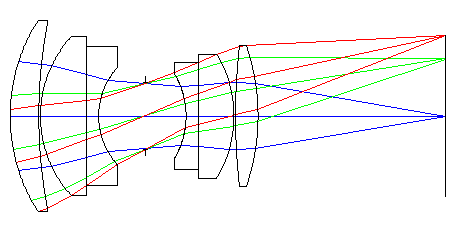
One of the most common lens system designs- especially in photography- is what is called a Double Gaussian lens. There are several different configurations, and close to 90 different patents have been filed from 1936 – 2010, but a basic double gaussian lens design configuration is the one shown in Figure 1. This simple Gauss […]
Beam Splitters: Explained
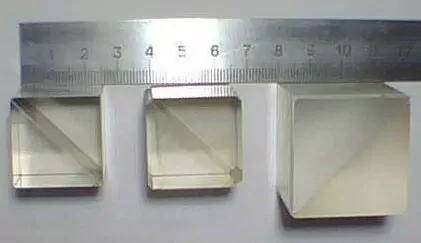
Beam splitters are a fundamental element in optical systems. Beam splitters are, in essence, optical components used to divide a single light source (usually a laser) into two separate beams. The more common kind of beam splitters (the kind that you can find in most colleges or labs) is a beam splitter that can split […]
Fisheye Lens Design

Anyone who has peaked through a hotel room peephole has used a fish eye lens. Usually, the fish eye lens has a very short focal length (less than 15mm for a 35mm-size image sensor), but a large field of view (FOV). The latter can be as large as 180-degrees, giving the user a complete view […]
Telecentric Lens Design: Enhancing Precision in Optical Systems
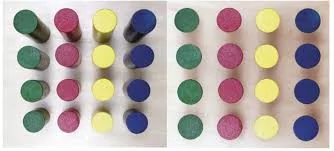
Introduction to Telecentric Lenses An important goal in machine vision applications is taking measurements in a consistent, accurate, and precise manner. This can include measuring the dimensions of manufactured parts to guarantee they are within the design tolerance, or measuring the width of electric tracks in a PCB. For these applications, telecentric lenses can deliver […]